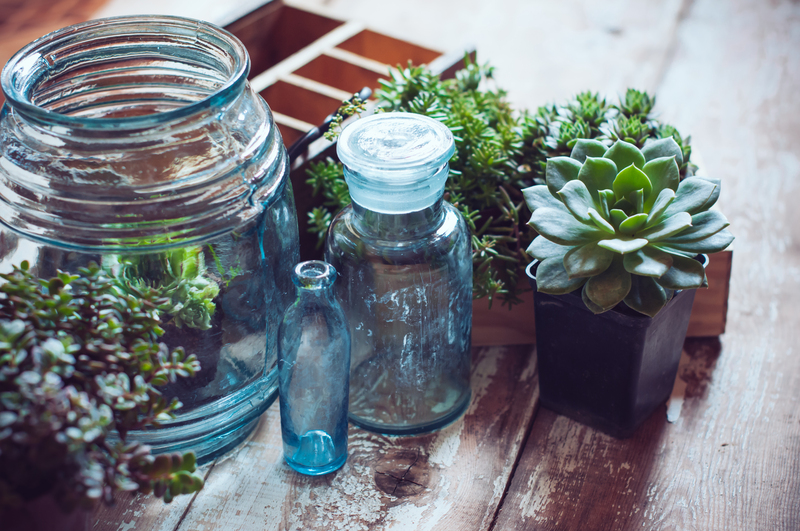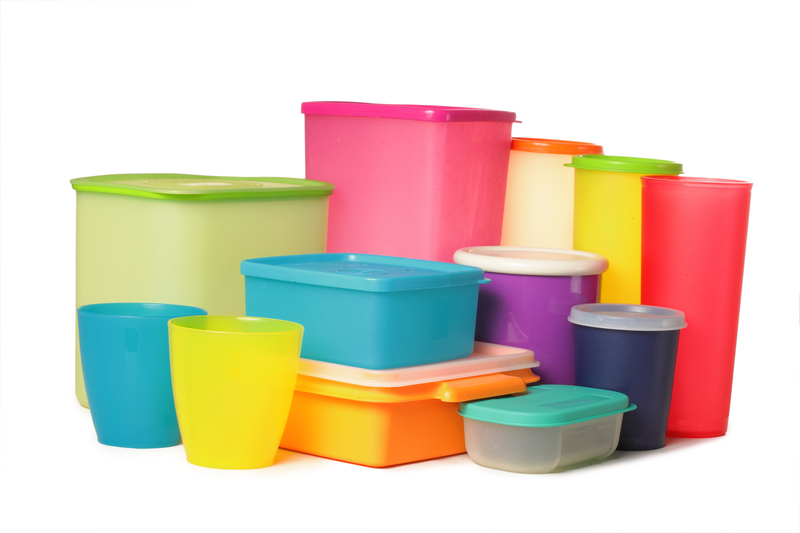Tips for Safe and Ethical Disposal of Old Cookware
When your trusty pan loses its non-stick surface or your pots show signs of excessive wear, you might think it's time to toss them in the trash. However, disposing of old cookware requires consideration for both the environment and community. In this comprehensive guide, you'll learn sustainable, safe, and ethical ways to dispose of old cookware like pots, pans, and bakeware--helping you reduce waste and make greener choices.
Why Safe and Ethical Cookware Disposal Matters
Every year, millions of old pots and pans find their way into landfills, taking decades or centuries to break down. Many **cookware items** are made from metals, chemicals, and coatings that can leach into soil and groundwater, negatively affecting the environment. Proper cookware disposal also prevents accidentally harming waste workers or wildlife. Plus, choosing responsible methods supports a circular economy, where resources are reused and recycled instead of wasted.
Negative Impacts of Improper Disposal
- Chemical non-stick coatings can release toxins when incinerated.
- Metals such as aluminum and steel contribute to overcrowded landfills.
- Sharp or broken pieces pose injury risks to sanitation workers and wildlife.
By following best practices for responsible cookware disposal, you not only protect the environment but also support community wellbeing and resource conservation.

Assessing Your Old Cookware: Repair, Reuse, or Dispose?
Before you decide to part ways with your kitchen tools, it's worth asking whether your **old cookware** is really at the end of its life. This assessment helps ensure you're disposing only items that cannot be safely and ethically reused.
Check for Possible Repairs
Sometimes a loose handle or wobbly lid is all that stands between you and many more years of use. Here are a few tips:
- Tighten screws and replace missing handles.
- Use safe cleaning methods to remove stubborn stains.
- Look for local cookware repair shops or hardware stores.
If the cookware is cracked, rusted, or has damaged coatings (such as flaking Teflon), it's best to move on to responsible disposal.
Creative Ways to Reuse Old Pots and Pans
- Garden planters: Repurpose large pots or colanders as quirky plant holders.
- Art projects: Use metal pans in sculptures or as wall art.
- Pet dishes or trays: Cleaned pans make excellent outdoor dishes.
If you're creatively inclined or know someone who is, upcycling can be an eco-friendly way to extend your cookware's life.
Best Methods for Safe and Ethical Disposal of Old Cookware
1. Donate Old Cookware in Usable Condition
If your pots, pans, or bakeware are still safe to use, consider donation as your first option. Many nonprofits, shelters, and thrift stores need basic kitchen equipment. Here's how to approach donation:
- Check local charities: Organizations such as Goodwill, Salvation Army, and local shelters often accept cookware.
- Clean thoroughly: Wash items and remove any food debris or grease.
- Research acceptance policies: Some facilities do not accept certain non-stick or scratched cookware.
- Ask friends or neighbors: Sometimes, someone just starting out could use your old pans.
2. Recycle Cookware Responsibly
If your **old cooking pans** are beyond repair or donation, recycling is the next best route. Most cookware, especially stainless steel, cast iron, aluminum, and copper, can be recycled. Here's a step-by-step guide to recycling pots and pans:
- Identify cookware materials: Most recycling centers accept uncoated metal. Non-stick coatings may need to be removed.
- Contact your municipality: Local recycling programs may have specific policies on kitchenware.
- Find a scrap metal dealer: Scrap yards often take cookware for metal recovery, sometimes offering a small payment.
- Remove non-metal parts: Take off handles, lids, or plastic fittings if possible.
- Group metals by type: Keeping aluminum, steel, and copper separate can help in the recycling process.
Note: Non-stick cookware, especially Teflon-coated, poses recycling challenges due to chemical coatings. Check with your local recycling center about handling such items.
3. Participate in Take-Back or Manufacturer Recycling Programs
Some cookware brands offer recycling or trade-in programs for their products. These manufacturer initiatives ensure that materials are handled responsibly and sometimes offer rewards or discounts in return.
- Research your cookware brand: Brands like Calphalon, Le Creuset, and TerraCycle occasionally offer recycling schemes.
- Mail-back programs: Some companies provide prepaid shipping labels to return old items.
- Trade-in incentives: Receive a discount on new cookware when you send back old items for recycling.
4. Proper Disposal of Hazardous Materials
Some **cooking pans** and non-stick cookware have coatings or materials that may be considered hazardous, such as Teflon (PTFE) or PFAS. These chemicals should not be incinerated or added to landfills where they can leach into the environment.
- Identify hazardous coatings: If your pan has a non-stick surface, check manufacturer guidelines.
- Contact your local waste authority: Ask about hazardous waste disposal sites or events.
- Never burn non-stick pans: Heating them at high temperatures can release toxic fumes.
Sustainable Alternatives When Replacing Old Cookware
When you're ready to purchase replacement cookware, making mindful choices can reduce future disposal problems and environmental impact.
Choose Long-Lasting, Eco-Friendly Materials
- Cast iron: Extremely durable, 100% recyclable, and lasts generations with proper care.
- Stainless steel: Resistant to rust and corrosion, easy to recycle, and long-lasting.
- Uncoated aluminum: Lighter and easier to recycle but avoid acidic foods to prevent leaching.
- Ceramic or glass: Free of toxic coatings and recyclable in some locations.
Avoid Problematic Coatings
Non-stick cookware is convenient, but the coatings typically contain chemicals that complicate recycling and may pose health risks if damaged. Opt for uncoated or ceramic-coated options when possible.
Support Responsible Brands
- Buy from brands offering recycling take-back or repair programs.
- Research company sustainability policies before purchasing.
- Choose products with minimal packaging and long warranties.

Frequently Asked Questions About Ethical Cookware Disposal
Can Non-Stick Pans Be Recycled?
Most local recycling centers do not accept non-stick pans with PTFE or Teflon coatings, as these chemicals complicate recycling. Seek out specialized recycling programs or contact your municipal waste authority for guidance.
What Should I Do with Old Cast Iron Pans?
Cast iron cookware is highly recyclable. If the pan is beyond use, take it to a scrap metal facility or recycling center. If salvageable, restore and resell or donate.
How Do I Know If My Cookware Is Recyclable?
Check for material markings on the cookware base (e.g., SS for stainless steel, AL for aluminum). Contact your recycling provider to confirm accepted metals. Remove handles and any coatings if required.
Is It Safe to Donate Used Cookware?
Absolutely--provided it's still functional, thoroughly cleaned, and free of toxic damage. Double-check with the donation center about their standards for accepting used kitchenware.
Are Cookware Lids Recyclable?
Glass and metal lids are usually recyclable if separated from other components (plastic knobs/glass covers). Check your curbside guidelines or visit a local recycling facility.
Final Thoughts: Making Ethical Choices with Old Cookware
Adopting safe and ethical methods for disposing of old cookware supports both a cleaner planet and your local community. Whether you're making way for new pots and pans or cleaning out your cupboards, remember to repair, donate, recycle, or responsibly discard your cooking tools.
- Prioritize reuse or donation whenever possible.
- Choose recycling over landfill disposal, especially for metal cookware.
- Avoid improper disposal of hazardous non-stick pans.
- Purchase sustainable, long-lasting cookware for future use.
With these tips for safe and ethical disposal of old cookware, you can declutter your kitchen while preserving resources for generations to come. Share this guide with friends and family to help build a more sustainable community, one pan at a time!